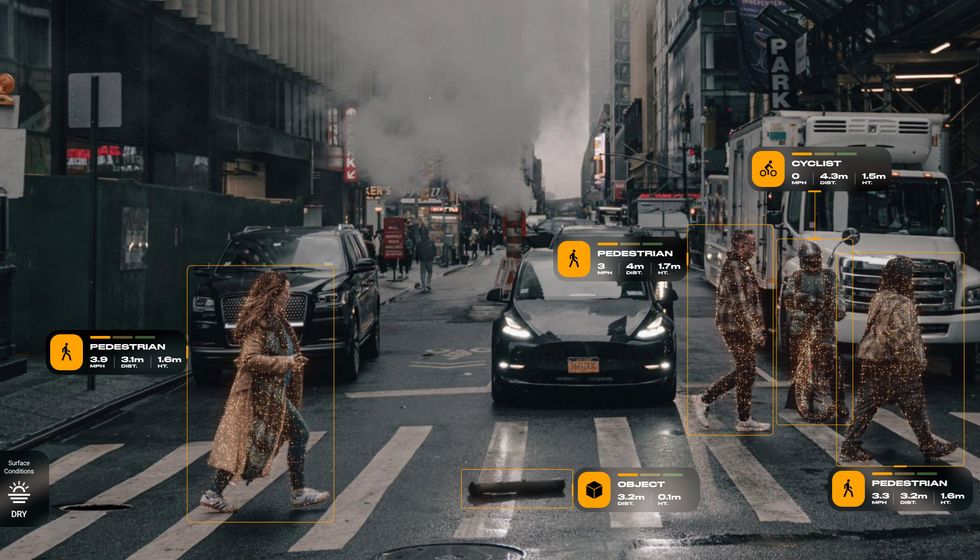A groundbreaking development in automotive safety technology is emerging from Boston-based startup Teradar, co-founded by Matthew Carey. The company has unveiled a new terahertz imager designed to detect small objects in challenging conditions, potentially preventing accidents similar to the one that claimed Carey’s friend. The incident involved a vehicle losing control after hitting debris on a highway, which current automotive sensors failed to detect due to fog and bright sunlight.
Traditional automotive sensors, including radar and lidar, struggle under such conditions. While radar can be ineffective at detecting small objects, lidar is often hindered by fog, and cameras are rendered ineffective by glare. Recognizing this gap, Carey and his team have developed a sensor capable of operating effectively in these adverse environments.
Teradar recently emerged from stealth mode, showcasing chips that reportedly deliver 20 times the resolution of existing automotive radar systems. These chips can function over distances of up to 300 meters and are more cost-effective than lidar technology. Carey describes the innovation as a combination of the best features of both lidar and radar, providing a “superset” of capabilities.
Innovative Sensor Technology
The architecture of Teradar’s system incorporates elements from both traditional radar and camera technology. The terahertz transmitters consist of arrays that create electronically steerable beams, while the sensors function like imaging chips. This technology eliminates the need for moving parts, which are common in lidar systems and can lead to increased costs and wear over time. Carey notes that this simplicity gives Teradar’s sensor an advantage, combining the operational ease of radar with the high resolution associated with lidar.
Teradar is currently collaborating with five major car manufacturers to integrate this technology into vehicles slated for production in 2028. This would mark the first instance of terahertz imaging technology being utilized in the automotive sector.
Advancements in Terahertz Technology
The progress made by Teradar is attributed to significant advancements in silicon transistor technology. Improvements in the maximum frequencies that modern foundries can produce have greatly enhanced the efficiency of terahertz circuits. Ruonan Han, a professor of electrical engineering at the Massachusetts Institute of Technology (MIT), has highlighted these advancements as crucial for developing high-performance terahertz devices.
His lab has been actively researching terahertz radar and circuits, focusing on creating low-power sensors suitable for applications in robotics and drones. Han’s work has also led to the establishment of Cambridge Terahertz, a startup aimed at leveraging terahertz frequencies for security scanning applications.
While Teradar intends to explore various applications beyond the automotive industry, including medical imaging, the immediate focus remains on enhancing road safety. Carey noted that while terahertz frequencies do not penetrate skin, they can differentiate melanomas from regular skin.
In light of recent incidents involving autonomous vehicles, such as the tragic case of a cat named Kit Kat being struck by a Waymo self-driving car in San Francisco, Carey expressed hope that Teradar’s technology could have prevented such accidents. “It probably would have saved the cat,” he stated, emphasizing the potential real-world impact of their innovation.
As car manufacturers continue to seek solutions to improve safety in challenging driving conditions, Teradar’s advancements in terahertz radar technology may be a significant step forward in protecting lives on the road.
